The flapper was the peak of the various images of the "new woman" that emerged in the late nineteenth and early twentieth centuries : she was youthful, single, and in constant movement. She danced to the sounds of the new jazz, she wore short dresses and high heels and rolled stockings, she smoked cigarettes, she put on makeup, bobbed her hair, and she stayed out late without a chaperone.

She also travelled--and even if she didn't travel she had a much wider view of the world and a far greater interest in exotic cultures than the women of previous generations. And the New Woman shopped. Department stores had emerged in the late decades of the 19th century but by the 1920s consumer culture was in full swing, so to speak.
social context
There was a loosening of attitudes and mores following the war. It was also a time of major transformations in science and technology that was rapidly changing the way that people lived and their awareness and understanding of the larger world. These innovations even altered the way that people perceived reality. Young men and women looking for excitement flooded into the cities. Artistic circles emerged in the cities of the US and Europe and the artists circulated between the cities. The artistic avant-garde advocated throwing away the traditions of the past and embracing everything that was new.
This was also the time when women advocated for the right to vote, the right to birth control, for entry into exclusively male bastions of education, for their rights in marriage and divorce, and for financial rights, such as inheritance laws.
The suffragette represented the political changes for women. The flapper was the image of the social changes. Both images scared the lights out of traditionalists who saw in them everything that was wrong with the modern era.

harlem
A key aspect of this cultural transformation was its roots in African American culture. The increasing size of the urban African American population had created large communities that were far from utopian. Indeed they were a segregated, impoverished and exploited group. Yet the community also fostered new developments in African American art and culture that quickly spread into the culture at large.
The most significant of these is the Harlem Renaissance: a place and time that fostered all types of art including music, dance, literature, painting, sculpture, photography and theater. The early blues singers who performed in the clubs in Harlem were flappers (below: Florence Mills, Ethel Waters, Bessie Smith):
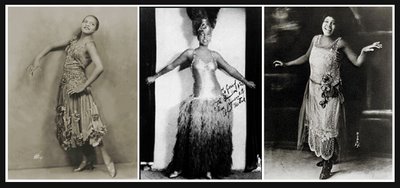 Mainstream America became increasing interested in and influenced by African American music and dance. Indeed, the "Charleston" -- the dance that flappers were most associated with -- is thought to have originated in New Orleans and came to Harlem along with the blues and swing music.
Mainstream America became increasing interested in and influenced by African American music and dance. Indeed, the "Charleston" -- the dance that flappers were most associated with -- is thought to have originated in New Orleans and came to Harlem along with the blues and swing music.hollywood
From there it travelled across the continent to Los Angeles where the film industry's of was moving from silent to talking films and where flappers were the queens of the silent film were (below, from left to right: Colleen Moore, Clara Bow and Louise Brooks).

paris
This phenomenon was not limited to the United States. Indeed it reached around the globe and it drew its influences from around the globe -- especially from Africa where western imperial expansion had made Europeans and Americans more familiar with its different artistic traditions.
One of the most important figures in the European (and especially French) enthrallment with African and African American culture was Josephine Baker. (Click here for more information on Josephine Baker.)
josephine baker
Baker is, among many other things, one of the great fashion icons of the early twentieth
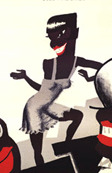 century.
century.This image (at right) shows Baker in a flapper dress (from a poster for the Revue Negre, a racist depiction that was part of the graphic style of the time).
Her style shifted between the racy Folies Bergere costumes or couture gowns of structured taffeta couture creations of structured taffita or languid beaded silk.
 Her image encompassed more than the flapper and the new woman. Josephine Baker brought together the elaborate stage show of revues, the African American dance club, and the European fantasy of the "sauvage".
Her image encompassed more than the flapper and the new woman. Josephine Baker brought together the elaborate stage show of revues, the African American dance club, and the European fantasy of the "sauvage".links:
Baker fashion designs
Photo Gallery
National Portrait Gallery Le Tumult Noir: Paul Colin's Jazz Age Portfolio
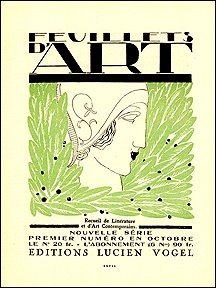
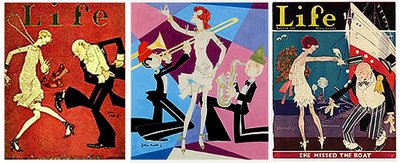
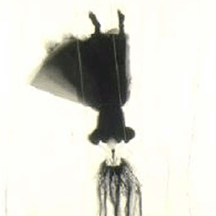

2 comments:
видео сосущие малолетки http://free-3x.com/ порно фото галерея малолетки free-3x.com/ домашнее порно от авторов курских студентов онлайн [url=http://free-3x.com/]free-3x.com[/url]
Awesome thingѕ hеre. I am very satіsfied to seе your post.
Thankѕ a lot аnd I'm looking ahead to touch you. Will you kindly drop me a mail?
Also visit my webpage: reputation management
Post a Comment